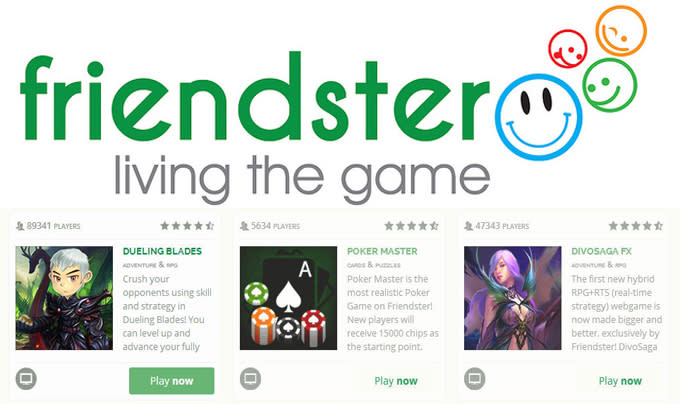1 Year Later, How Has Friendster Succeeded As a Gaming Platform in Southeast Asia?

It has been more than a year since Friendster reinvented itself as a social gaming platform. Now may be the right time to see how Friendster is doing. I had a chance to chat with Friendster CEO Iannis Hanen, who happens to be based in the Philippines. This shift of Friendster from a social networking platform to a social gaming site was part of Money Online’s acquisition of Friendster. But after a year, you might ask how is Friendster really doing? Today, Friendster has 60 web games in six game categories. These are: simulation, strategy, action and arcade, adventure and RPG, cards and puzzles, and sports and racing. Iannis says that this game selection is currently gaining traction in the Southeast Asian region, as most of the site’s traffic comes from Southeast Asian countries such as Malaysia, Indonesia, the Philippines, and Singapore. He adds:
The revenue is split evenly between Southeast Asia and the world. There is big potential for us. There are still untapped communities, but at the moment, we try to focus more on Malaysia, Indonesia, Philippines and Singapore.
Providing exclusive games Iannis admits that associating the name Friendster with something new is still a challenge. But he also notes that the number of players is rising quite rapidly. The company declined to reveal exact numbers, but it says that its user-base in Southeast Asia is already in the millions, wherein the Philippines contributes over a million users. This is something he attributes to providing exclusive content it calls the Friendster Exclusive (FX) series. He says that “exclusivity helps a lot in attracting players and giving good value.” Since FX has been launched, Iannis says, the site has gained more players, and has doubled that number in the last six months. Tapping on this advantage, Friendster will launch a number of new exclusive games within the year. Iannis says:
Going forward I'm not expecting to double or triple the number of games on the site, we are more on giving higher quality and exclusive games to the players.
Tapping the untapped Iannis also admits that there is still a large market to tap in Southeast Asia. He says the team is currently reaching out to the gaming communities. “We want to continue to grow our community, we want to reach out more [and] try to push our brand,” he says. Currently, its Facebook page has over 280,000 likes. And its most played game, Boomz has over 360,000 players, according to its website.

Iannis believes that the future of gaming is in the web and in mobile. So the team’s plan for the coming year is to strengthen Friendster’s position in Southeast Asia through games. Being a social gaming platform, Friendster will still continue to provide means for members to communicate with each other. And on top of that it is also expected to have more features soon. Like game reviews and rewards for its members. It's also looking into developing games for mobile phones later in the year. Of course, there’s huge competition in the form of messaging app Line and its social gaming integration. Friendster will have to compete head on with them if they enter the mobile space. It looks like Friendster is still working its way up in the competitive gaming arena. With a number of plans in the pipeline, gamers in the region can only wait and see if this platform is something interesting for them. (Editing by: Steven Millward and Anh-Minh Do)
The post 1 Year Later, How Has Friendster Succeeded As a Gaming Platform in Southeast Asia? appeared first on Tech in Asia.


